New Zealand ANZ Business Confidence rose to -31.8 in July, up from June’s -34.4, but down from prelim reading of -29.8. Confidence was worst in agriculture at -54.5 and beat in retail at -22.6 while all sector stayed negative. Own activity outlook rose to -8.9, up notably from June’s -25.9, but also revised down to -6.8. Activity was worst in agriculture again at -15.2 but best in services at -5.0.
ANZ said “bounces are fun, but this one has probably nearly run its course.” It warned that “unfortunately, that blow is coming; it’s inevitable.” Border will remain closed for the rest of the year, which is “one of the few certainties in our economic forecasts at the moment”. That means “big hole in economic activity, centred on tourism and the foreign education sector.” Also, the blow “won’t be felt evenly” with the country “split into two economies – the tourism-dependent regions and the rest”.




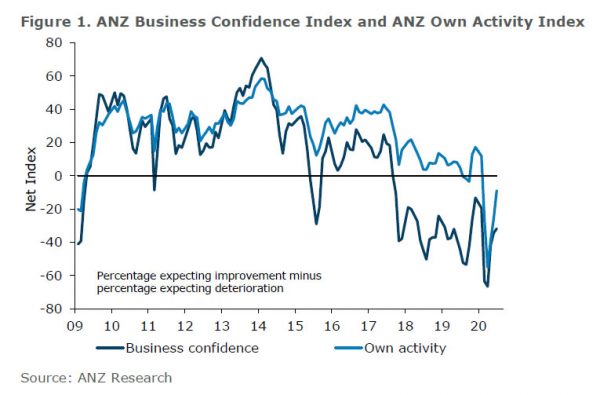
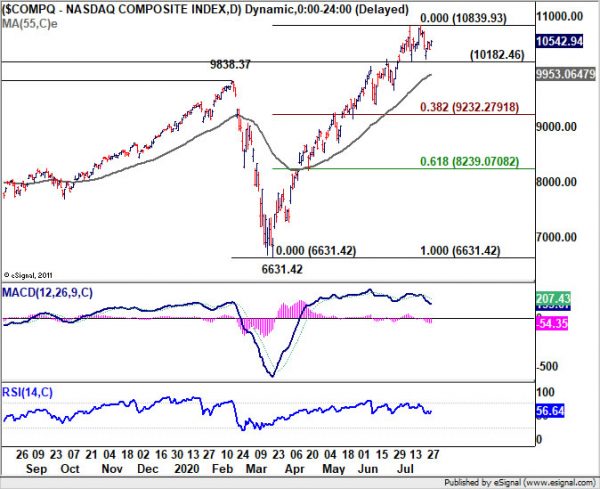

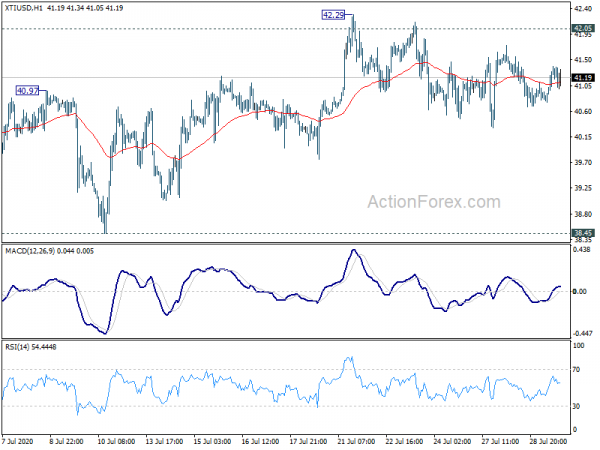
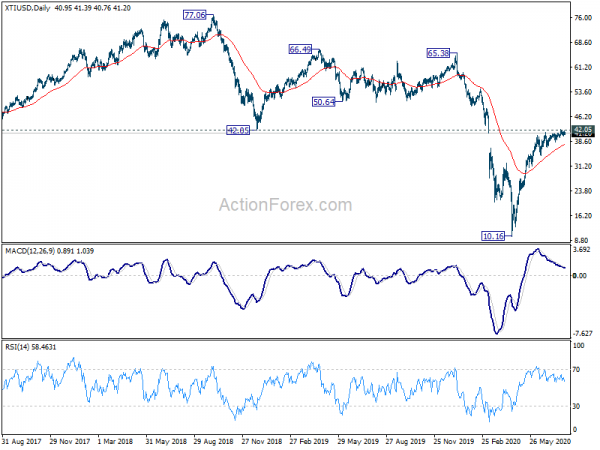
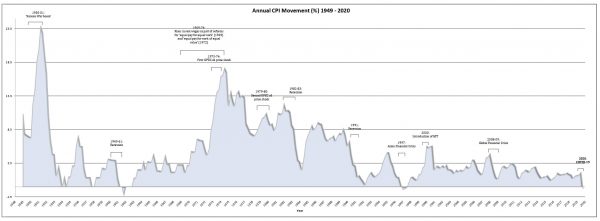
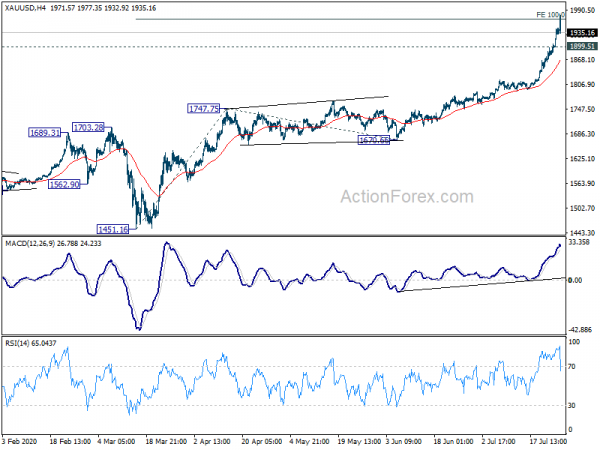
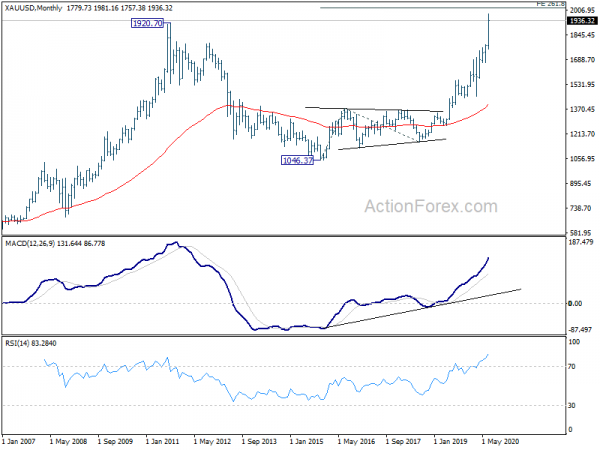
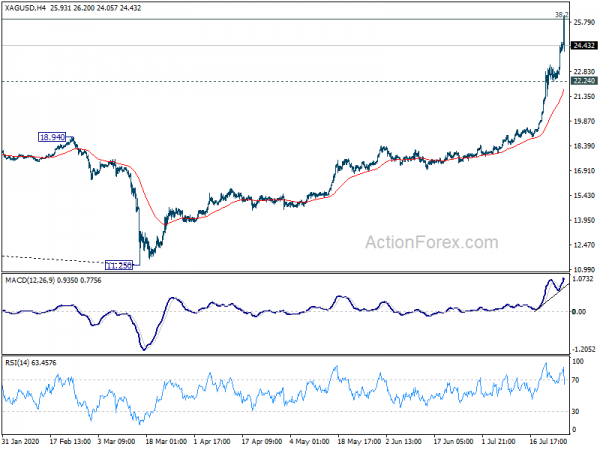
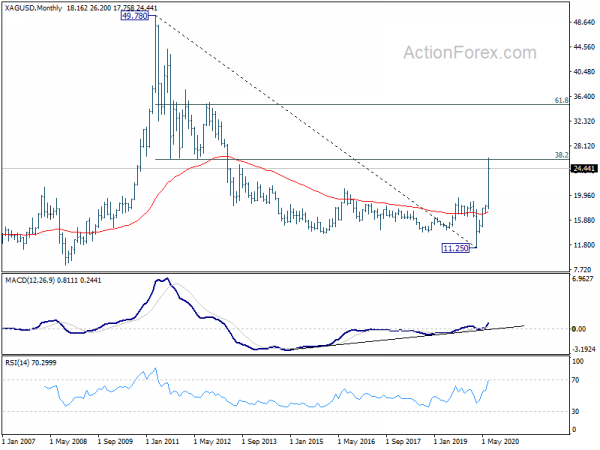
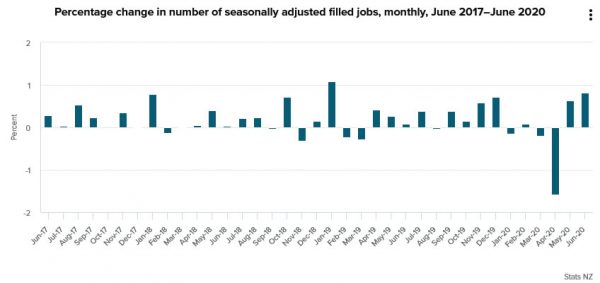
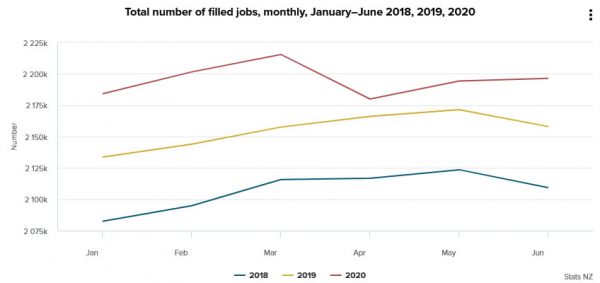
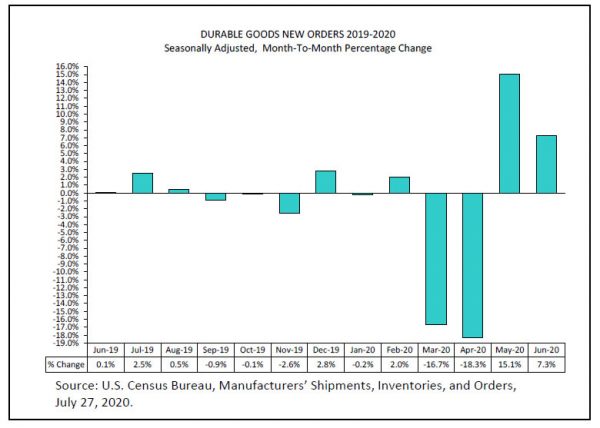

Australia Kennedy: Victoria coronavirus outbreak pulls us back
Australia’s Victoria reported a record 723 daily coronavirus cases for the past 24 hours as situation in the second most populous state continued to worsen despite returning to lockdown. Australia Treasury Secretary Steven Kennedy said that the outbreak in Victoria “pulls us back” and together with new Queensland border restrictions, the national economy will be hurt more than forecast in last week’s federal budget update.
Kennedy said, “further constraints, be they through movement or through the extension of the six-week measures that the Victorian government announced, will mean growth will be lower, employment will be lower and unemployment will be higher. Beyond that, of course, people can lose confidence and have concerns about what they’re seeing unfolding, even in other parts of the country.
He added that 75% of Victorian firms currently receiving the JobKeeper wage subsidies were likely to remain on the scheme beyond the September renewal deadline. Meanwhile, Q2 GDP is expected to contract -7% and road to recovery will be long and unpredictable. New South Wales’ management of the virus would now be crucial for the economy.
Also from Australia, import price index dropped -1.9% qoq in Q2 versus expectation of -2.5% qoq. Building permits dropped -4.9% mom in June versus expectation of 0.0% mom.